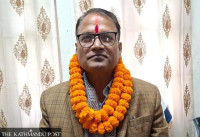National
Pokhara tourism looks beyond the coronavirus pandemic
Upcoming international airport sets off a flurry of construction of tourism and adventure facilities.
Sangam Prasain
Investors in Pokhara are rightly worried.
Until a few months ago, investors and entrepreneurs were thinking that tourism in the country’s tourist city, fondly called Lake City, would stumble only briefly. Now it has become clear that the rough patch could continue for quite some time.
Even as the release of a few Covid-19 vaccines has given a glimmer of hope, there are worries since Nepal has plunged into a political crisis and renewed instability after the dissolution of the House of Representatives and the announcement of mid-term elections this spring.
The beleaguered travel and tourism industry has more to worry about, as public health experts have cautioned about the possible rapid spread of the new variant of the coronavirus, as cases have been reported in dozens of countries since it was first detected in the United Kingdom in mid-December.
Travel trade entrepreneurs and investors are having a hard time as they have learned that Covid-19 is not only what they are up against.
With a large number of infrastructure construction projects–ranging from resorts to cable cars and international airport to adventure activity facilities–underway, Pokhara was pushing to change its evergreen tag of being the world’s cheapest destination.
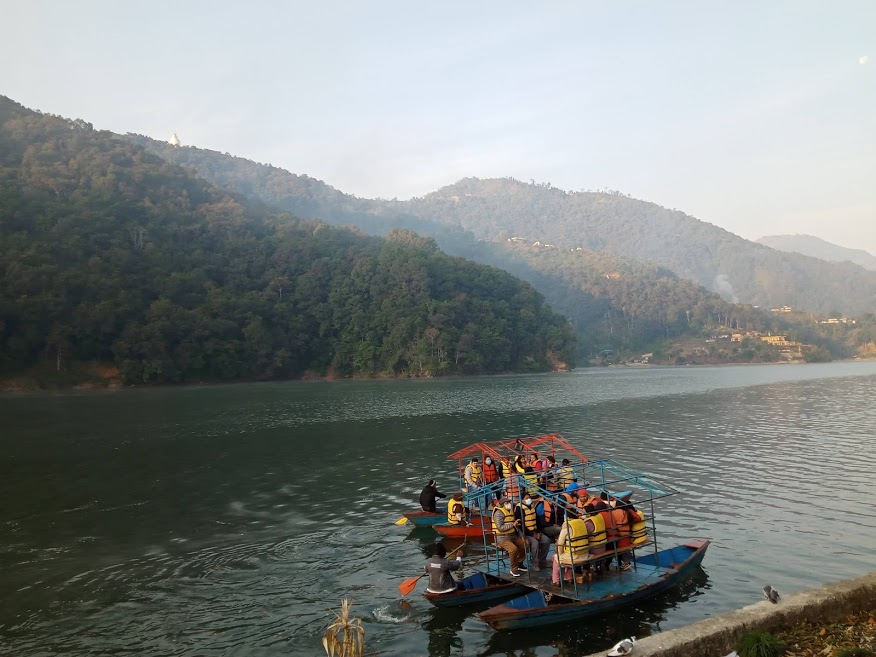
Pokhara was a favourite destination of Western hippies during the 1960s and 1970s, and they were the first explorers to visit the Annapurna region.
Mt Annapurna I (8,091 metres) was climbed on June 3, 1950 by the French national Maurice Herzog and a team of mountaineers, and since then Pokhara has become the gateway to the Annapurna region. Over the decades, its cheapest destination tag, however, has not changed.
Pokhara now aspires to become a destination on its own—not an offshoot of Kathmandu—after the international airport gets built. Scores of luxury properties are in the pipeline.
According to the Ministry of Tourism of Gandaki Province, Pokhara and the surrounding districts attracted 400,000 international and 600,000 domestic tourists in 2018, generating Rs30 billion—or 10 percent of the provincial GDP.
Now with tourism and leisure activities grinding to a halt, there is a widespread financial problem, and the plan to become an independent tourist hub is going into reverse.
“The challenge for tourism entrepreneurs is to stop that downturn,” said Naresh Bhattarai, chairman of Mount Kailash Resort in the Lakeside area. “The pandemic has made Pokhara even more cheaper as all hotels and resorts have cut their tariffs heavily. But it’s a survival strategy.”
Many investors have held back their new investment plans while many under-construction projects have pushed back their operation deadline to 2022.
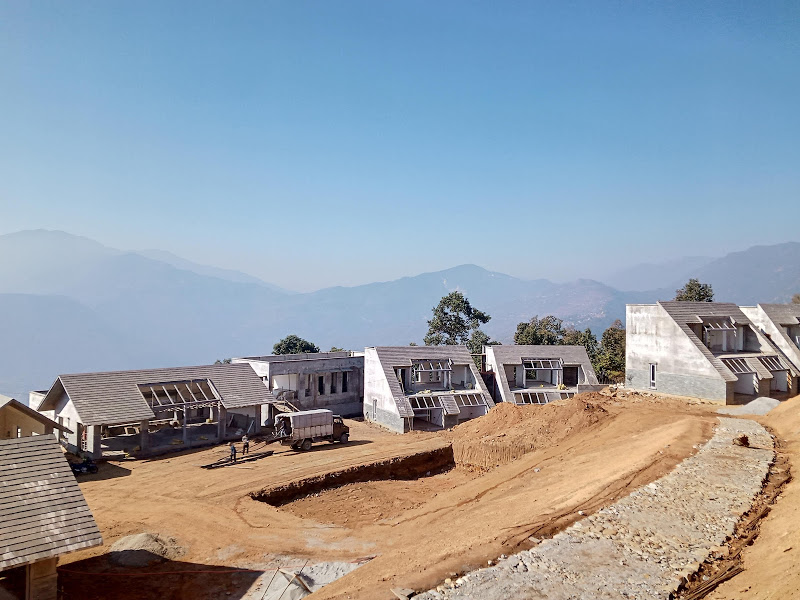
The five-star standard 45 Keys Boutique Resort in Kaskikot, built with foreign direct investment from Singapore, has postponed its opening date due to the coronavirus. Flip Nepal Resort launched the project two and a half years ago and has invested Rs450 million so far, according to the company.
“We had planned to open the resort, which houses 32 separate buildings spread over 50 ropanis, last year. But Covid-19 changed the plan,” said an official of the Boutique Resort. “We are now opening in January 2022.”
Pokhara is usually bustling with foreign tourists. Its cheap beer bars and buzzing nightlife have been drawing budget travellers for years.
The city was placed at the top of 20 best value destinations for budget travellers in 2016 by American business magazine Forbes. A tourist could live in Pokhara on $15.84 a day. But that’s about to change.
A large number of luxury properties and adventure activities are emerging, much to the worry of old players. Tourism entrepreneurs in Pokhara say that full-day activities including a stay in a luxury resort would now cost around $300 per person per day for foreigners. But there are only a handful of foreign visitors now.
The empty streets in Pokhara's lakeside areas clearly show the impact of the coronavirus pandemic on Nepal’s second most visited city by foreigners after Kathmandu.
"I have never seen it like this. Usually, we can't rest for even a minute during the New Year eve celebrations," said Shradha Shrestha, manager of the Nepal Tourism Board. "Lots of businesses here have shut down, and if we don't see foreign tourists coming back soon, more may follow suit.”
More than a billion dollars has been invested in the latest flurry of infrastructure development in Pokhara. Bhattarai describes the level of investment as 'unprecedented', but all are worried whether foreign visitors will increase in the near future.
“Covid-19 has impacted us hard,” said Hari Chapagain, who supervises the ZipFlying activities of HighGround Adventures Nepal in Sarangkot. The tallest, longest and the steepest zipline in the world, as claimed by the company, was set up on Sarangkot hill a decade ago with an initial investment of Rs130 million. The company also runs a bungee jump.
“We hardly see seven-eight Nepalis a day,” he said. “It’s been nearly a year, [foreign] tourists are not coming.”
Due to Covid-19, the cost of riding a zipline has dropped to Rs4,800 per person, which includes taking a picture and video for a Nepali, from Rs6,300 last year, said Chapagain. “We don’t have any option. The discount offer will stay until the situation becomes normal because we have to at least survive until foreign tourists return.”
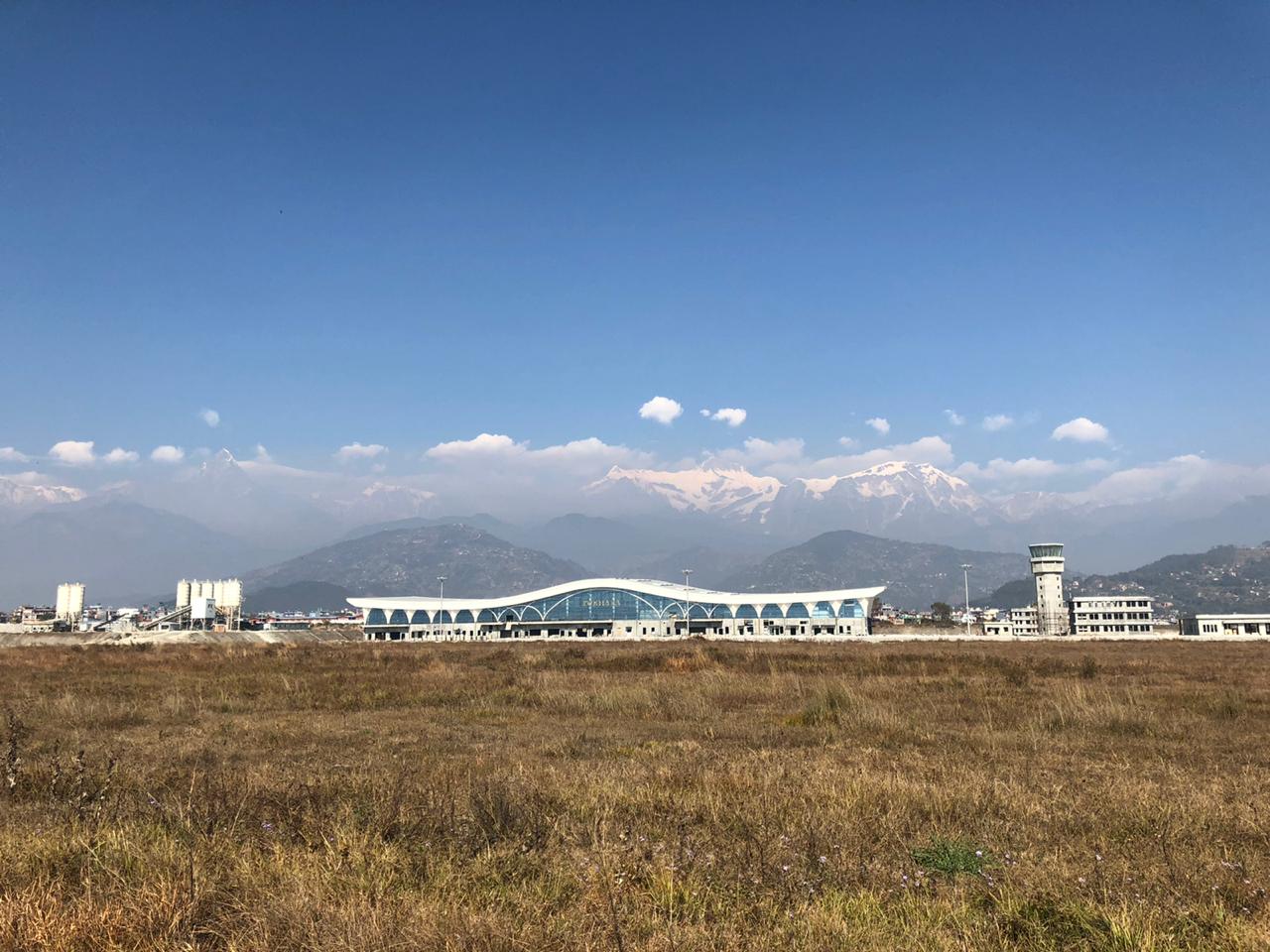
The construction of Pokhara international airport has boosted investor confidence in Gandaki province that consists of 11 districts. The airport has achieved 69 percent physical progress. The infrastructure funded by China was planned to be completed by December 2020, six months before its scheduled deadline.
However, Covid-19 delayed the project.
“The completion deadline is July 10 and we are still on track to meet it,” said Binesh Munankarmi, chief of the project. The $216 million airport is financed with a loan from the Export-Import Bank of China.
A cable car system is being built on Prithvi Highway connecting the traditional hilltop village of Bandipur, a living museum of Newar culture.
Local investors supported by the rural municipality have launched the project, which is located roughly halfway between Kathmandu and Pokhara. They plan to divert a certain number of tourists from Pokhara.
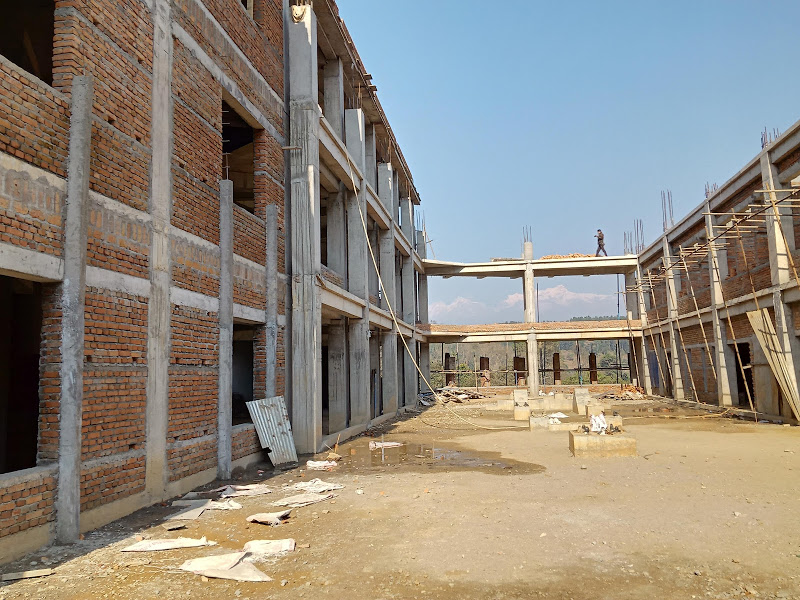
Costing Rs2 billion, the 1,600-metre-long cable car system links Dumre Thuladhunga and Bandipur village.
“We are also constructing a 10-storey four-star hotel in Bandipur,” said Krishna Raj Adhikari, one of the investors in the Bandipur Cable Car Project. “We have completed 50 percent of the infrastructure, and plan to have the cable car up and running by October this year.”
Adhikari hopes that the pandemic situation will have improved by then as they are aiming to attract at least 500,000 domestic and foreign tourists annually to Bandipur, which has retained its age-old cultural attributes and Newar architecture that harks back to the Kathmandu Valley of old.

Baish Gurung, owner of Hotel Durbar Himalaya in Bandipur, has invested around Rs100 million in the property. He says occupancy has fallen to 20 percent and they only get domestic tourists.
“To survive through the pandemic, we have offered a heavy discount to domestic visitors,” he said. “A room costs Rs3,500 per night compared to the normal Rs6,000.”
Bandipur has seen a huge influx of investment after the construction of Pokhara international airport started.
Another cable car is being constructed from the shores of Phewa Lake to Sarangkot. The Nepal Investment Board has approved Muktinath Darshan’s Rs50-billion investment proposal to build the 80-kilometre-long cable car connecting Birethanti in Kaski district with Muktinath in Mustang district.
Nepali adventure lovers are already flocking to The Cliff, a bungee jump station in Kushma, Parbat district, which is a two-hour drive from Pokhara. A two-lane road connecting Pokhara with Kushma is being developed.
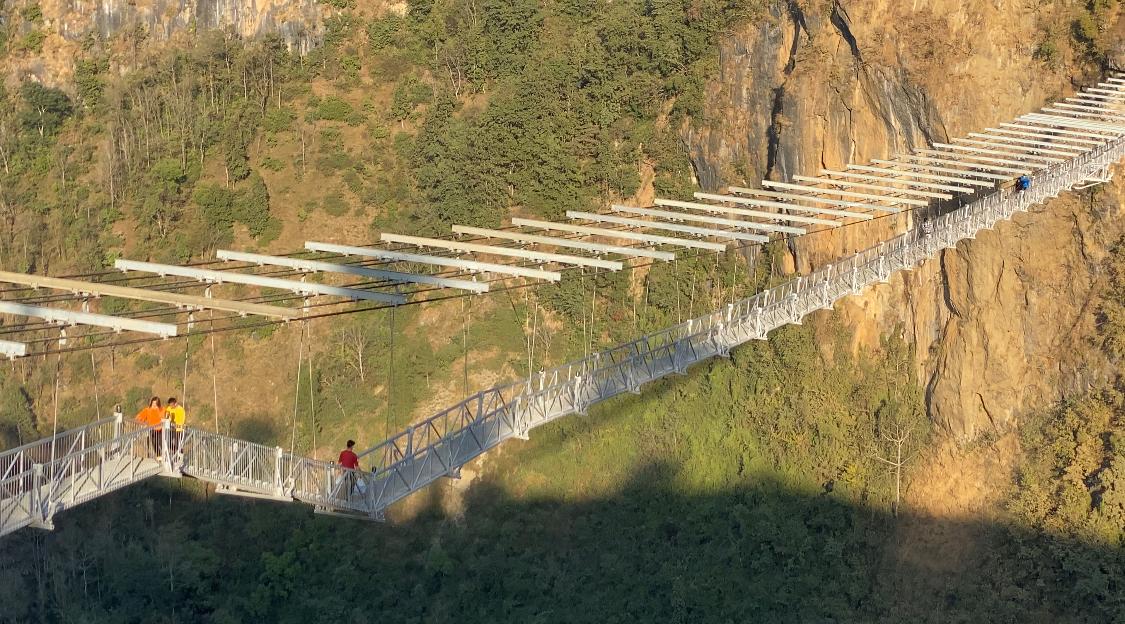
Ishwar Karki, manager of The Cliff, told the Post that they invested Rs300 million in the project. It launched last October.
The breathtaking 528-metre-long bridge above the Kali Gandaki River where visitors experience terrifying walks has a bungee facility in the middle, and has become a mecca for adrenaline junkies looking for the biggest and best thrills.
According to Guinness World Records, the official website that tracks ultimate record-breaking facts and achievements, the highest commercial bungee jump facility is 370.25 metres, located on the Balinghe Bridge in Huangguoshu, Guizhou, China.
It came into commercial operation in January 2019. The new facility has replaced the commercial bungee jump facility of 232.82 metres on the Macau Tower, in Macau to the second position.
According to Karki, the 228-metre high bungee jump facility in Kushma is the world's third highest.
The suspension bridge across the Kali Gandaki gorge is a copy of the walkway in Krasnaya Pollyanna valley in Sochi, Russia which was designed as part of the plans for the 2014 Winter Olympics.
“It took seven years to complete the project, and then Covid-19 came. Our target was to have a majority of foreigners [among our guests] to experience the thrill,” said Karki. “But we are surviving. We have been receiving a fair number of Nepalis. There are 18 to 20 people coming for the jump daily.”
According to Karki, the project was in the initial opening phase, and Covid-19 did not affect them much.
“But if the uncertainty lasts longer, it may be a disaster.”
Around 1,400 people have already experienced the biggest thrills. For Nepalis, the bungee jump and swing cost Rs7,000, excluding Rs1,500 for photos and videos. For foreigners, the price of a ticket is $110. The Cliff also has a resort.
“We hope that foreigners will return,” said Karki. “We still have not completely finished the project. We have planned to add a few new adventure products in the near future.”
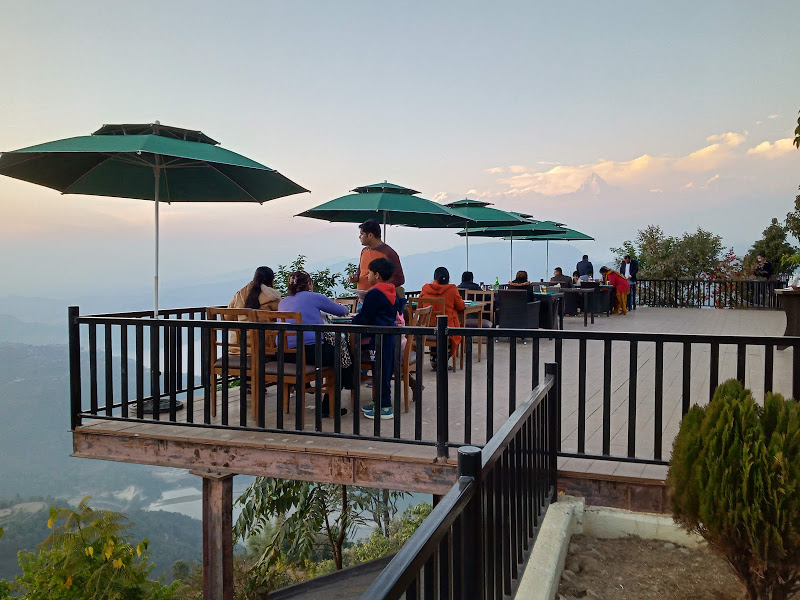
Buoyed by the construction of the international airport in Pokhara, Pushpa Raj Adhikari, founder of Rupakot Resort in Lekhnath, Pokhara is betting on two other big projects after investing Rs1 billion in the Rupakot resort. The resort employs 100 people.
“We were closed for four months and that caused us a loss of Rs50 million. But domestic movement helped us to bounce back. We were sold out in December.”
The average tariff in December was Rs11,000 per night for Nepalis.
Adhikari has launched two projects–Old Village and Swing Park. Both are in the construction phase.
The Old Village project concept is to create an 18th-century village that will expand on 23 ropanis of land with a five-star resort. The Swing Park is an amusement park. “These two projects, at separate locations, will create 1,000 jobs,” said Adhikari.
Covid-19 has caused an unprecedented crisis for the tourism industry. International tourist arrivals plunged 81 percent in 2020, and tourism spending is not likely to return to pre-crisis levels until 2024.
This puts as many as 1 million tourism jobs at risk.
“Our forecasts indicate that it will take at least two years for tourism demand to return to 2019 levels. This prolonged period of low demand means we have to survive on domestic tourists,” said Dhananjay Regmi, chief executive officer of the Nepal Tourism Board. “The battle against Covid-19 is not over yet. But we cannot remain indoors all the time. We have to travel.”




 9.12°C Kathmandu
9.12°C Kathmandu



